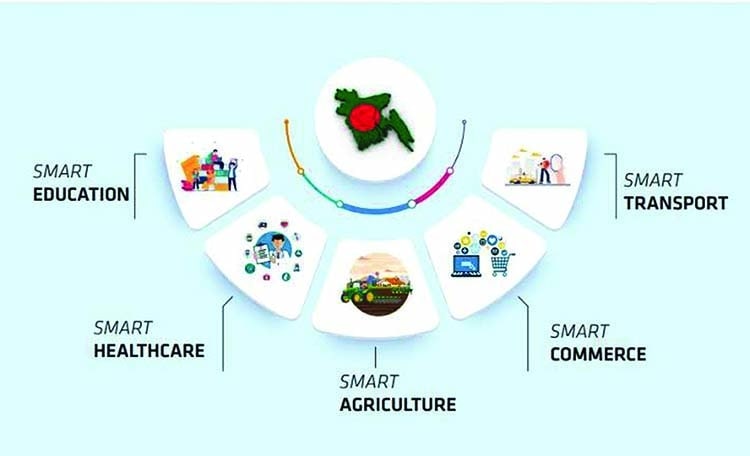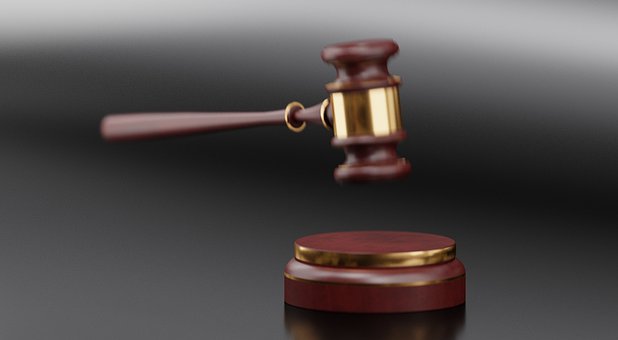The law is a complex system that governs our daily lives. It shapes the way we conduct business, the relationships we have with others, and even the way we interact with our governments. As such, it is crucial to have a basic understanding of the legal system and the laws that govern us.
This article aims to provide readers with a comprehensive guide to the legal system. It covers the basics of the law, the different branches of the legal system, and the role of lawyers and judges. It also provides an overview of some of the most important laws, such as criminal and civil law, and explores the processes involved in bringing a case to court.
Table of contents
- The Basics of Law: What is Law?
- The Branches of the Legal System
- Criminal Law: Protecting Society from Harm
- Civil Law: Resolving Disputes and Protecting Rights
- The Role of Lawyers: Advocates and Advisors
- The Role of Judges: Arbiters of the Law
- Bringing a Case to Court: The Legal Process
- Alternative Dispute Resolution: Avoiding Court
- International Law: Governing Relations Between Nations
- The Future of Law: Emerging Trends and Challenges
The Basics of Law: What is Law?
The law is a set of rules that govern society. It establishes the rights and obligations of individuals and organizations, and it provides a framework for resolving disputes. Laws are created by governments, and they can be enforced by the police and the courts.
There are several sources of law, including constitutions, statutes, and common law. Constitutions establish the fundamental principles of a society, while statutes are laws that are enacted by legislative bodies. Common law is a body of law that has developed over time through court decisions.
The Branches of the Legal System
The legal system is divided into three branches: legislative, executive, and judicial. The legislative branch is responsible for creating laws, while the executive branch enforces them. The judicial branch interprets the law and resolves disputes.
Within the judicial branch, there are two main types of courts: trial courts and appellate courts. Trial courts are where cases are first heard and decided, while appellate courts review the decisions of trial courts.
Criminal Law: Protecting Society from Harm
Criminal law is the branch of law that deals with crimes and their punishment. It is designed to protect society from harm by deterring criminal behavior and punishing those who commit crimes.
Crimes can be categorized as either felonies or misdemeanors. Felonies are more serious crimes, such as murder or burglary, and they are punishable by imprisonment for more than one year. Misdemeanors are less serious crimes, such as traffic violations or disorderly conduct, and they are punishable by imprisonment for less than one year.
Civil Law: Resolving Disputes and Protecting Rights
Civil law is the branch of law that deals with disputes between individuals or organizations. It is designed to protect the rights of individuals and provide a means of resolving disputes in a fair and just manner.
Civil cases can involve a wide range of issues, such as breach of contract, property disputes, and personal injury claims. The goal of civil law is to provide a remedy to the injured party, such as monetary damages or an injunction to stop certain behavior.
The Role of Lawyers: Advocates and Advisors
Lawyers are the advocates and advisors of the legal system. They are responsible for representing clients in legal matters and providing advice on legal issues.
There are several types of lawyers, including trial lawyers, who represent clients in court, and transactional lawyers, who assist clients with legal transactions such as contracts or real estate deals. Lawyers also specialize in specific areas of law, such as intellectual property, tax law, or immigration law.
In addition to representing clients, lawyers also serve as advisors, providing guidance on legal matters and helping clients to avoid legal problems in the first place. They may provide legal opinions on business transactions or help clients navigate complex regulatory frameworks.
The Role of Judges: Arbiters of the Law
Judges are the arbiters of the law. They are responsible for interpreting the law and making decisions in legal disputes.
Judges can be appointed or elected, depending on the jurisdiction. They are expected to be impartial and objective, and they must follow the law in making their decisions.
In addition to deciding cases, judges also have administrative responsibilities, such as managing their court dockets and supervising court staff.
Bringing a Case to Court: The Legal Process
Bringing a case to court can be a complex process. It typically begins with filing a complaint or petition, which sets out the legal basis for the case and the relief sought.
The other party then has the opportunity to respond to the complaint or petition, setting out their own legal arguments and defenses.
The parties may then engage in discovery, a process in which they exchange information and evidence relevant to the case. This can include depositions, interrogatories, and requests for documents.
The case may then go to trial, where the parties present evidence and arguments to a judge or jury. The judge or jury then makes a decision based on the evidence and the law.
Alternative Dispute Resolution: Avoiding Court
Not all legal disputes need to be resolved in court. Alternative dispute resolution (ADR) is a process in which parties can resolve their disputes outside of court.
Common forms of ADR include mediation and arbitration. Mediation is a process in which a neutral third party helps the parties to reach a mutually acceptable resolution to their dispute. Arbitration is a process in which a neutral third party makes a binding decision on the dispute.
ADR can be a faster and less expensive way to resolve disputes, and it can also help to preserve relationships between the parties.
International Law: Governing Relations Between Nations
International law is a set of rules and principles that govern the relations between nations. It covers a wide range of issues, such as trade, human rights, and the environment.
International law is created through treaties and agreements between nations, as well as through the decisions of international courts and tribunals.
International law can be challenging to enforce, as there is no centralized authority to ensure compliance. However, it is an important tool for promoting cooperation and resolving disputes between nations.
The Future of Law: Emerging Trends and Challenges
The legal system is constantly evolving, and there are a number of emerging trends and challenges that are shaping its future.
One of the most significant trends is the increasing use of technology in the legal system. This includes the use of artificial intelligence to assist with legal research and document review, as well as the use of online dispute resolution platforms.
Another trend is the growing emphasis on diversity and inclusion in the legal profession. There is a growing recognition of the importance of having a diverse range of perspectives and experiences in the legal system, and efforts are being made to increase the representation of underrepresented groups in the profession.
There are also a number of challenges facing the legal system, such as access to justice and the funding of legal aid programs. These challenges are complex and require a multi-faceted approach to address.
Bibliography
- Black’s Law Dictionary. (11th ed.). (2019).
- Gomulkiewicz, R. (2014). Fundamentals of United States Intellectual Property Law: Copyright, Patent, and Trademark. Wolters Kluwer Law
- Griswold, E. (2015). A history of the world’s legal systems. Routledge.
- Harvard Law Review. (2019). Legal research in the age of artificial intelligence. Harvard Law Review, 133(2), 405-417.
- Hogg, P. W., Monahan, P. J., & Wright, R. E. (2018). Liability and responsibility: Essays in law and morals. Routledge.
- Kagan, R. A. (2015). Adversarial legalism: The American way of law. Harvard University Press.
- Legal Services Corporation. (2022). The justice gap: Measuring the unmet civil legal needs of low-income Americans. Retrieved from https://lsc.gov/justice-gap.
- National Conference of State Legislatures. (2021). Alternative dispute resolution. Retrieved from https://www.ncsl.org/research/civil-and-criminal-justice/alternative-dispute-resolution.aspx.
- National Conference of State Legislatures. (2021). International law. Retrieved from https://www.ncsl.org/research/immigration/international-law.aspx.
- New York Times. (2022). What is critical race theory, and why is it under attack? Retrieved from https://www.nytimes.com/2022/01/13/us/politics/critical-race-theory-explainer.html.
- United Nations. (2015). Sustainable development goals. Retrieved from https://www.un.org/sustainabledevelopment/sustainable-development-goals/.
- United States Courts. (2022). The federal court system in the United States. Retrieved from https://www.uscourts.gov/about-federal-courts.



 For all latest articles, follow on Google News
For all latest articles, follow on Google News